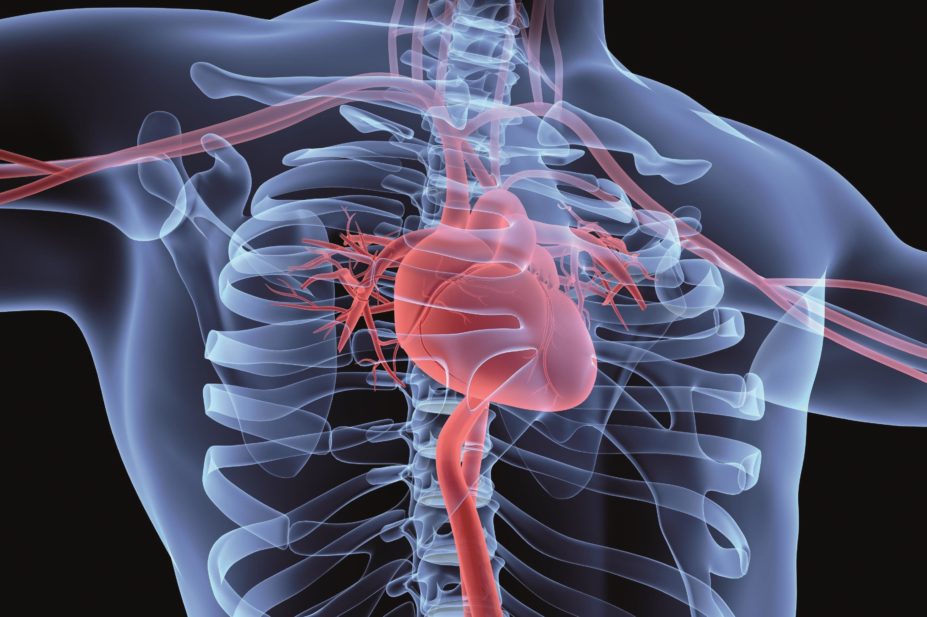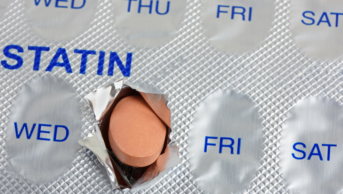
Shutterstock
A three-dimensional, computerised heart model can reliably and efficiently predict the risk of drug-induced disturbance to heart rhythm, according to a study published in Science Advances
[1]
on 1 May 2015.
The multi-scale heart model could also reduce the time needed to test cardiac drugs and make the drug discovery process less expensive than either clinical trials or animal experiments.
The research, which was led by a team at the University of Tokyo in Japan, found that eight out of 12 drugs tested triggered heart arrhythmias at specific dosage concentrations. The investigators also used the heart simulator to show that some of the drugs caused arrhythmia when combined with common antibiotics.
Researchers used the model to conduct in vitro testing of cardiac drugs — quinidine, D,L-sotalol, amiodarone, E-4031, cisapride, astemizole, terfenadine, bepridil, moxifloxacin, verapamil, dofetilide and ranolazine — that had been reported to carry varying levels of risks of inducing a potentially lethal type of ventricular arrhythmia known as Torsade de Pointes (TdP).
The heart model, known as UT-Heart, is constructed from 20 million heart cells arranged in a pattern that imitates the electrophysiology of the human heart, including propagation of excitation, contraction and relaxation and generation of blood pressure and flow. It uses a conventional patch clamp system, which records the electrical activity of ion channels, to evaluate the effect of the 12 different drugs on the ion channels located inside the simulated heart cells.
While other studies have used various forms of computer simulation to assess TdP risk of drugs, the authors noted that previous methods looking at the drug effect on multiple ion channels have only evaluated surrogate markers rather than directly assessing the occurrence of TdP.
While the use of whole heart experiments allows such direct risk assessment, the article went on, it also involves frequent measurement to allow for biological variability, a process that is both time-consuming and costly.
The most reliable test would be to observe the occurrence of arrhythmia while administering high doses of drugs to human subjects, but such procedures can never be permitted.
“However, we can do it using an in silico heart,” says Jun-ichi Okada, one of the lead authors of the study. The authors noted in the article that their study appeared to be the first time computer simulation was used in TdP risk assessment based on a “realistic heart model producing a realistic standard electrocardiogram (ECG)”.
Okada says the team plans to test additional drugs with the heart model to “establish the validity of our system”. He says contract research organisations have expressed interest in working with the team to develop the model further.
References
[1] Okada J, Yoshinaga T, Kurokawa J et al. Screening system for drug-induced arrhythmogenic risk combining a patch clamp and heart simulator. Science Advances 2015. doi: 10.1126/sciadv.1400142
You may also be interested in

Diltiazem use with anticoagulants associated with higher risk of bleeding compared with metoprolol in older people, study finds

Concerned patients ‘strongly’ advised to continue taking medication amid COVID-19 fears
